Original Silence - Interview
by Mark Rowland
published: 18 / 5 / 2007
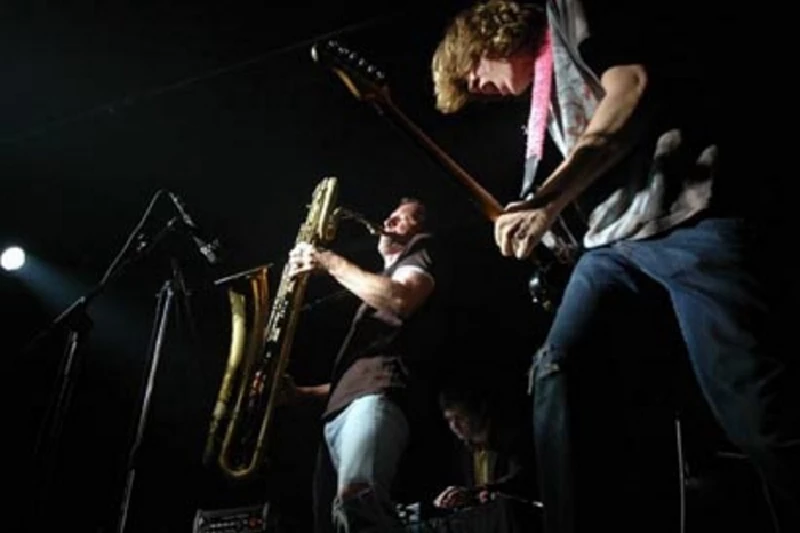
intro
Original Silence is an improvised alt rock/jazz formed by Swedish saxophonist Mats Gustafsson, and which also features Sonic Youth's Thurston Moore and producer Jim O' Rourke. Mark Rowland talks to him about it, and 'The First Original Silence', the band's debut CD
Jazz has not been cool for a long time. People still think of ‘The Fast Show’s Jazz Club sketch when the word jazz is mentioned. A lot of people also think of Belgium. But there are a few people within the world’s alternative communities that are bringing the edge and excitement back to jazz music. Seb Rochford is one of the premier exporters of modern jazz, playing with bands such as Polar Bear, Acoustic Ladyland and Fulborn Teversham. The modern jazz takes elements of alt rock and post-punk and adds it to jazz’ structure, dynamics and virtuosity. Of course, being jazz, it is destined to remain on the fringes of the alternative scene, but for those brave enough to try it out, it offers some pretty exciting music. The crossover between alt rock and jazz particularly excites saxophonist Mats Gustafsson. Gustafsson has been playing free jazz since he moved to Stockholm when he was 19, and since then has played with many leading free jazz players. But he’s also worked with alternative acts such as Sonic Youth and David Grubbs and as a teenager played in punk bands around his home town of Umeå. His most recent project also brings together his main musical interests. Original Silence features Thurston Moore and Jim O’Rourke, as well as Paal Nilssen-Love of Gustafsson’s band The Thing, Terrie Ex of Dutch noise band the Ex and Massimo Pupillo of Italian jazz-fusion group Zu. Brought together for a four-date tour of Italy 2005, the group got onstage with no pre-planning, an improvised entire shows, of sprawling, noisy jazz-rock. Two years later, the first show has been released as ‘The First Original Silence’ Two tracks long, it requires some patience and an open mind from the listener. It’s dynamic and structure is based in jazz, but elements of the Stooges and Sonic Youth make an appearance within it, and the drumming on the record is more based in the power of rock than the busy syncopations of jazz. Original Silence is part of an ongoing series of projects for Gusatfsson, under names like Relative Silence, Another Silence and International Silence. As well as free jazz vets, they also feature noise and rock luminaries from bands such as Boredoms and Fugazi. As well as this, Gustafsson is working continuously with other bands, as a guest and with his fulltime bands like the Thing and Diskaholics Anonymous Trio. This doesn’t leave much time for relaxation, but Gustafsson’s job is his life’s passion. As he talks to us from his girlfriend’s house in Vienna, his enthusaism for creativity and improvised music is contagiously unrelenting. PB : The period between recording ‘The First Original Silence’ and releasing it was quite a long one. What delayed it’s release? MG : Time. Basically it’s because we’re all extremely busy. First there was the question of who would mix it and time was just running away from us. Eventually we decided that the guy who recorded it with Massimo would mix it. We recorded them on tour on a multi-track and it was pretty good quality. I’ll be mixing the next one. PB : Was the Italian tour a one off for Original Silence, or do you think you will do any more shows? MG : It’s a good question and many people are asking it. It’s been pretty insane as soon as the record is out and the rumour is out. A lot of organisers want to have the band and it’s no wonder with that line-up, but it’s difficult with Thurston’s schedule with Sonic Youth, and Jim, because Jim lives in Japan now, and he basically stopped touring. He doesn’t want to leave Japan for anything right now, so if we want to play with Jim we have to go to Japan which is fine. He’s doing some really good stuff over there. The whole Silence ensemble is an idea of mine, an attempt to bring together my deep interest in creative rock and improvised music. I was 15 when punk rock exploded in Sweden. That’s my start, my DNA, the punk rock and garage thing. Then I got into free jazz and improvised music and the Silence project is an attempt to bring together what I feel is completely about the same energy. It’s the same thing. You just use different tools to do it. I did a bunch of Silence projects with different names, the first was the International Silence, then we did Related Silence, and then we did Another Silence in Japan, and this is Original Silence because the first idea for a group was a group with Jim and Thurston. Ever since we started Diskaholics Anonymous some years ago as a trio, we wanted to expand it with bass and drums, another guitar, though it took some time to get everyone together to do it. I hope that we can get it together again and everyone else is really into doing it but it is a problem logistically. At this point it seems that the best chance would be to go to Japan to do it, to go to Jim. PB : Are there any other projects in the pipeline for you at the moment? MG : There will be other off-shoots from this Silence, another version of Original Silence, perhaps with a new name or something. It’s in the planning stages right. PB : The Original Silence sessions were recorded on a tour of Italy. With the music being improvised, did you find that each gig had a different feel ? MG : The tour we did in Italy was one of the best tours I’ve been on. The whole feel with the band and the way that the music went, it came together like a dream. We did four gigs. I was surprised it worked so well in such a large context. In a trio it’s much easier to change the dynamic of the music, but if you’re like six or seven people then it’s much more difficult to change the math of the music. But in this group I think everyone is such a great listener, so all the gigs we played were really, really differently and that’s also the reason why we come up with the idea to release pretty much the whole tour - or at least two or three of the concerts - on Smalltown. That’s the key, if people are listening to each other. It’s like football. If one player is holding the ball all the time, and doesn’t want to pass he just wants to show off, it’s not good for the team. It’s the ideal setting because people are checking each other out and are open to what’s going on and especially with music like this which is so dense and high energy and loud - It was extremely loud, some of the gigs, so it can be very difficult if you don’t listen to what’s happening, You just want to be louder than the others, which does happen in some noise and free rock bands. It gets loud and it’s just ridiculously loud. There’s no music left. I was really happy with the way it turned out. PB : ’The First Original Silence’ works really well as it has a very jazzy structure. Were you trained as a jazz player? MG : I’m not trained in any way. In a way what you’re saying is right because that’s why I think this group works so well. A lot of us have been doing, not straight-ahead jazz, but free jazz and improvised music, and to do that you really have to deal with dynamics much more, generally speaking, than in a rock situation. I think that’s why the dynamic of this group is so interesting. It breaks down to almost silence sometimes. It’s not just the sheer volume of the group. Thurston is extremely into free jazz. He’s always checking out new stuff, listening and buying records. He has a great knowledge of it. Jim also started off in improvised music, as well as I did. I started to play saxophone when I was 15 but I was only interested in sounding like Brotzman or Evan Parker and not back to Charlie Parker - Evan Parker was the only Parker I was into. After some years I wanted to check out the dynamics and mechanics of be bop and hard bop, I found it really interesting as music form, so I tried to learn it from other musicians, and just to learn it, and then I realised that all the good shit was already done. For me there’s no point in focusing on that music, all the stuff that is done now is just people trying to copy the good stuff. There’s no point. It’s better to do your own music. I’m happy that I chose the saxophone as my tool, so to speak. In Original Silence it gives a different colour than if it was only a guitar and bass thing. I think that’s also something that explains why Jim is not playing guitar or bass. He’s just playing synth and using electronics. That is making very interesting gaps or possibilities for the music to occupy. That’s why I’m so enthusiastic about the music scene right now, if you look at the stuff that labels like Smalltown are putting out. The music is in such a fucking interesting place right now. If you’re interested in free rock, you also have an interest in free jazz and contemporary music. Ten years ago it was much more stubborn - if you did free jazz you were on that side, and you didn’t deal with the people who did artrock or anything. You just stayed on your little island. I think nowadays it’s much much more open and I think it’s because the younger generation have access to everything in such a totally different way. With the internet, there’s so much more information about different music and it’s easier to find and listen to the music. It’s a really, really interesting time. PB : When do you plan to release the other Original Silence recordings? MG : I would guess that one this year and another one next year would be a good time space. We’re talking about mixing this one in August, and then it would be released some time in the fall. The third one we would mix in the Winter I think, so it would be like one per year. I have recordings of the other Silence projects which I want to come out as well. It’s a very pleasant problem because right now I have too many really great things sitting on the shelf, and it’s hard to find the time right now to get them ready for release, but it will be worth it in the long run. PB : Who was involved in the other Silence projects? How did they differ to Original Silence? MG : It’s the same idea of all the projects, combining the freedom of the improvised music and the power and the colours of creative rock. The first project was which Han Bennink and Guy Picciotto from Fugazi. DJ Olive, Siler an Israeli guy who lives in Sweden, he’s like a contemporary composer and sax player. Massimo was in the first one too. Then the next one that we did in Sweden about three years ago also featured Guy and Casper Brotzman, Ikue Mori, Tim Barnes on drums and a Swedish bass player, Euan Batling. I then did another Silence project in Japan with Motomo Yoshihida, Yoshimi Satchiko and Aya the bass player from ooioo, plus me and some guests also, from Boredoms and bands like that. So it’s all in the same vein with people who do either creative rock or free jazz. It’s really interesting to see because we don’t pre-structure anything. There’s no planning involved. It is all improvised and it’s amazing how well it works, so far everyone who has been involved has been great at listening and working off each other, it’s been really, really interesting. I have some ideas about some future Silence projects. PB : How big is the risk that you could get a bunch of people together and when you get on stage it just doesn’t work? MG : You never really know how it‘s going to turn out. If something works as a duo, and then you bring in three or four people, then the total chemistry could become really fucked up. You never know. You have to try but in one way you get the feeling of how someone would work in an improvising group when you meet them, how they are as a person tells me a lot. It’s also in the nature of the music for me that you have to take a risk. Otherwise it’s not worth doing. It’s no fun either. If you go into a project that is completely safe, for me that’s not a challenge. I was extremely curious for instance, to see how Guy would work in the band, because he had never been involved in any kind of improvising on stage. He had done all these projects but he’d never done any improvising on stage so he was really nervous, but on stage he was a monster. He was fantastic. The stuff he was doing was amazing. You never really know what an improvised show is going to be like. You just have to go with your feelings. It’s really funny now because I feel that within the creative rock scene people are much more curious in that scene now than before, and I think it’s because of people like Sonic Youth and John Zorn trying to find new ways of presenting free jazz and improvised music. I recently did a project up in Umeå, my home town, up in Lapland, with David Sandström of the Swedish hardcore band Refused. They are one of my all time favourite bands. They were from my home town but they were all a couple of years younger than me, so we didn’t really hang out when we were growing up, and he had to stop playing drums because his arms and wrists got really fucked up after those Refused years, so he started to play bass and guitar instead, and we’ve talked about doing something together for ages and I went up there last week to do a project with him and two other hardcore musicians up there, which was the same kind of thing as the Silence project, all improvised, and it was sensational. It was absolutely crazy, and they know all about Zorn and Derek Bailey and all that shit, and it wasn’t the case ten years ago. I think we will see a lot of similar projects in the future, I hope. PB : What made you decide to play sax in the first place? What music shaped your playing? MG : The punk rock movement, I was 15 in 79, when the Swedish punk scene exploded. There was a really great scene up in Umeå, my home town, and I quickly got involved in punk groups, I was playing distorted electric piano, and flute - the flute was very unsatisfying, I played it when I was a kid, and you can’t do anything with it. It’s hopeless. I heard a concert with Sonny Rollins around the same time and I was fascinated by the tone> I went to this local music school where I could borrow a tenor saxophone, and I took lessons for like half a year then decided that I could figure it out for myself. Then I heard Brotzman’s classic 'Machine Gun' in a local record store. Those three things; the punk rock, the Sonny Rollins and the Brotzman record kicked me completely. Since then I’ve only wanted to do music, there hasn’t been any other option really. PB : How did you come to play improvised jazz professionally? MG : When I moved down to Stockholm when I was 19 I was lucky enough to hook up with some great improvisers who we could go on the road with. That’s the beauty of the improvised music community. Most people are coming from the same approach. A lot of people learn from older musicians. PB : What kind of effect do you think your Swedish upbringing has had on your music, if any? MG : I think the climate has an effect on what you become as a person. In northern Sweden it’s extreme, and in the north of Norway and Finland, but I love it because the people are so great. It’s very laid back but people are also really open and like to really like to talk. If you are relaxed, you actually sit down and talk. When you are stressed people don’t talk so much. I think it has an effect on me as a person but you can’t hear it in the music> That’s the old romantic way to look at Scandinavian jazz as being like Jan Geboric Fjord jazz. That esoteric bullshit. With improvised music you can’t really tell, and that’s what I really like about it. You can hook up with someone from Japan, or the US, Belgium, England or Sicily and you can improvise with them and it works. You can’t tell where it is from. People are expressing themselves, I think that’s the key to it. PB : Many Scandinavians are worried the obvious change in climate in recent years, what do you make of it? MG : It’s really fucking scary. When I moved to Stockholm I was studying environmental science for a year, and I have always been really interested. Every year I go up to the mountains in Lapland to walk. That’s what I like to do when I take time off. It’s really scary. In Sweden we have a bunch of glaciers in the north and I can see with my naked eyes that the glaciers are half the size. If you scientifically measure them I’m sure that’s how much it’s reduced by. It’s so fucked up. It’s extremely cold in the winter still, but the variations are so quick. It’ll be quite warm one day and really cold the next. It’s much, much warmer in the summer, and the Spring time too. It’s scary when you can see it so clearly and the flooding in the Spring time is a lot more brutal right now, so there’s not many good signs I would say up in Sweden. We were touring in the States with the Thing last week or something and it was really worrying when we played in New Orleans. To see the effects of the storms, that is another obvious effect of the changing climate, the more brutal storms and it was crazy to see how much was destroyed there. They repaired a lot but there’s still a lot of poor people there and there’s no more money to fix all the houses, so a lot of buildings are just falling apart, basically. It’s really terrible. I think especially the States need to do something about it. We’re bad enough in Europe but I think the States have a lot to answer for. I think it’s a quarter of all carbon emissions come from the US, a quarter of the whole planet. That’s a little bit out of balance. It’s really scary that you can see the effects in Scandinavia. PB : Do you find it surprising that the climate seems to have changed in a relatively short period of time? MG : Yes. When I did my studies in Umeå in 1985 we talked about this, but they talked about it in terms of a hundred years. They were saying “In a hundred years, the glaciers in Sweden will be half the size.” It’s only twenty years since we talked about it, and it’s happening already. It’s going a little bit to fast. PB : It would probably have a larger effect on the economy in Sweden with so many industries like foresters relying on it being cold. MG : It will have a pretty brutal effect on the economy, the people and everything really. Thank god there is a debate about it now, but I think there needs to be some more decisions made on a higher level I think. That’s also one of the reasons why I do this music. Art in general can really wake people up. Listening to free music can help people free up their minds, help them become more open to new ideas. That’s a situationist chain of events that I really believe in. If you make free music or free art, it can really make people start to think and once you think free you can act free. I don’t believe in putting names on my pieces like ’Save the Planet’ or anything like that. That’s just stupid. It has to be on another level, you know. For me music is not enough, I really believe in this. It’s what kicked me, the connections between different forms of art and life, and suddenly the world looks a little different and you realise you can do something with the help of music. PB : Thank you.
Picture Gallery:-
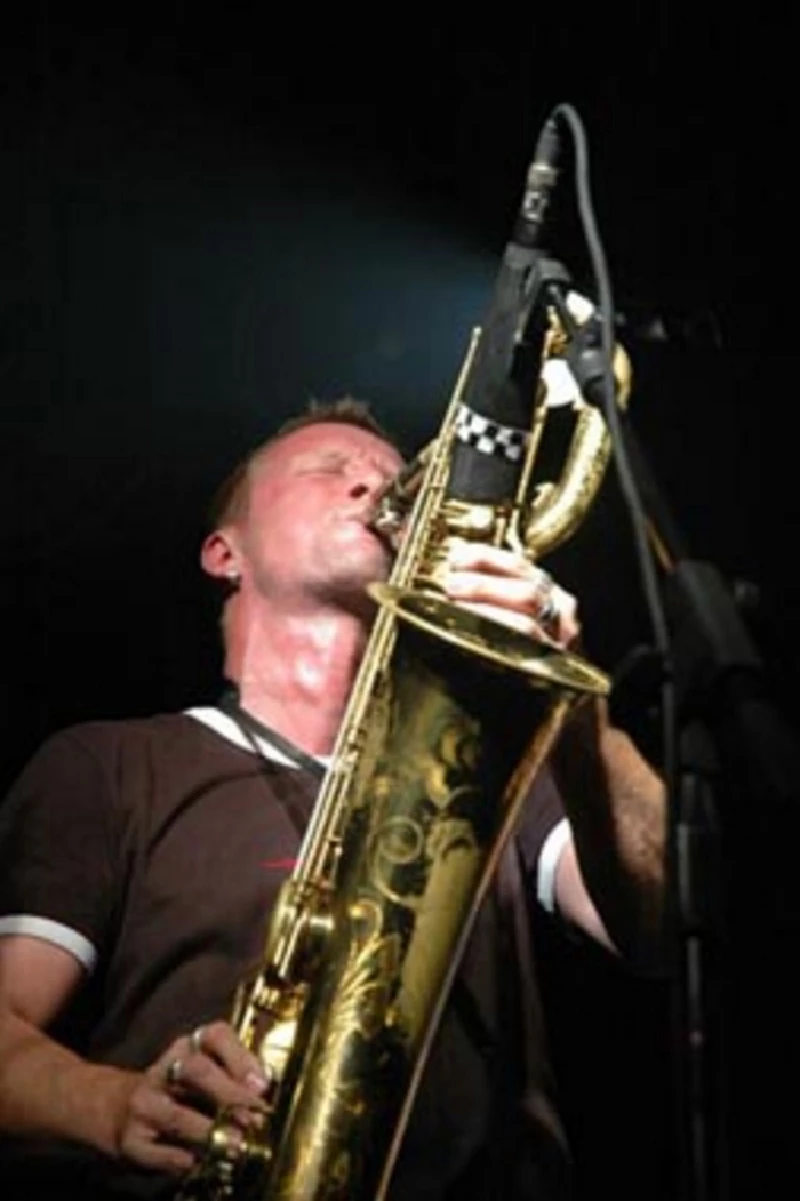
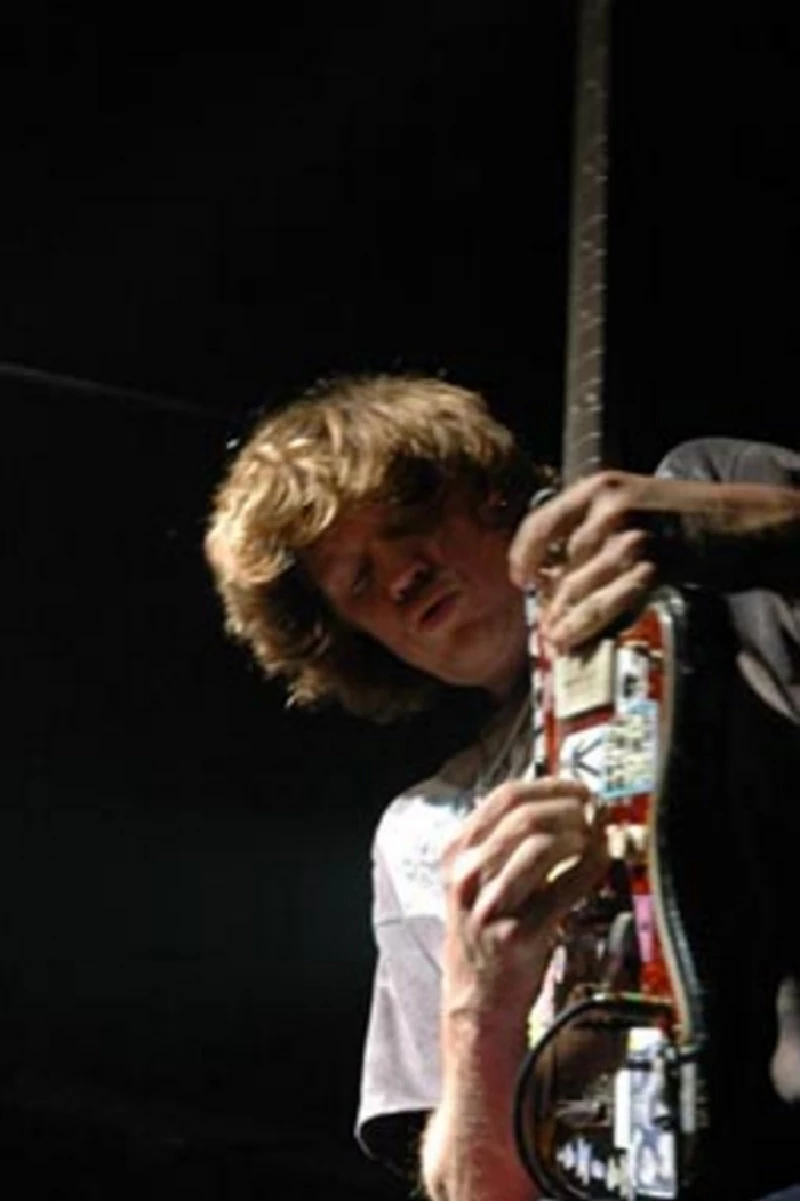
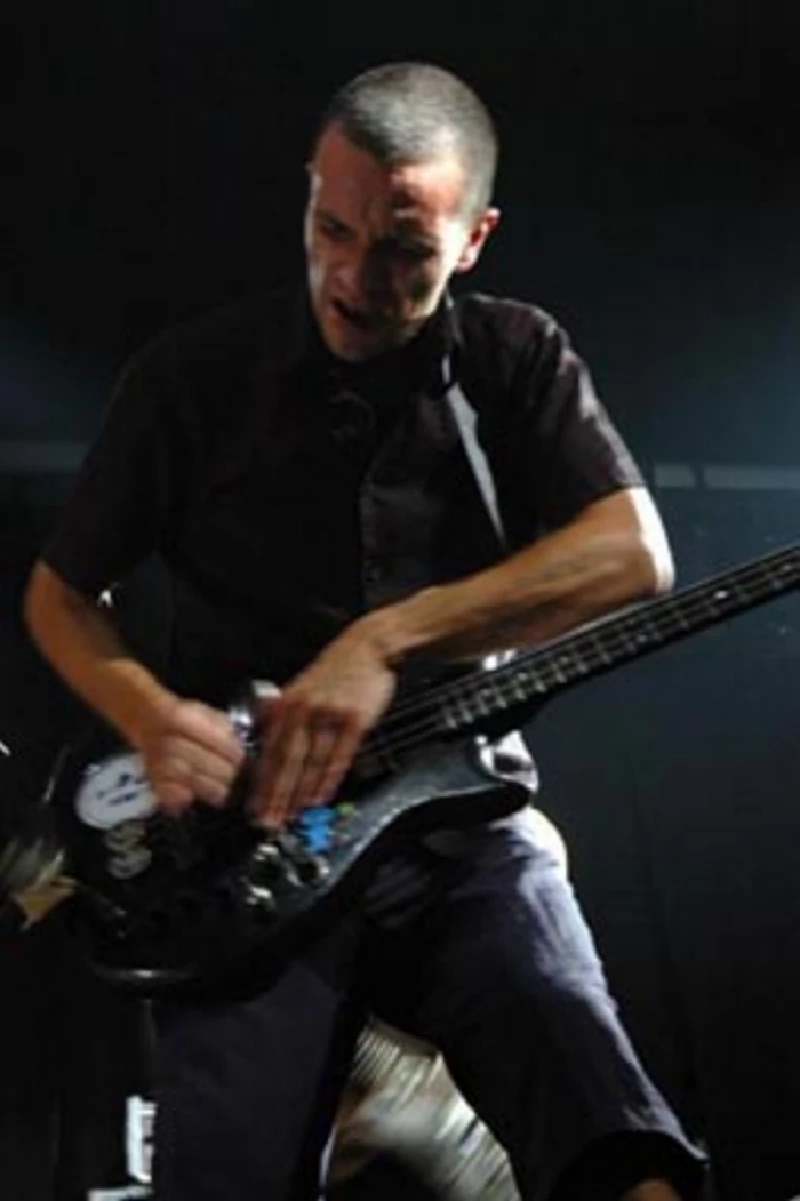
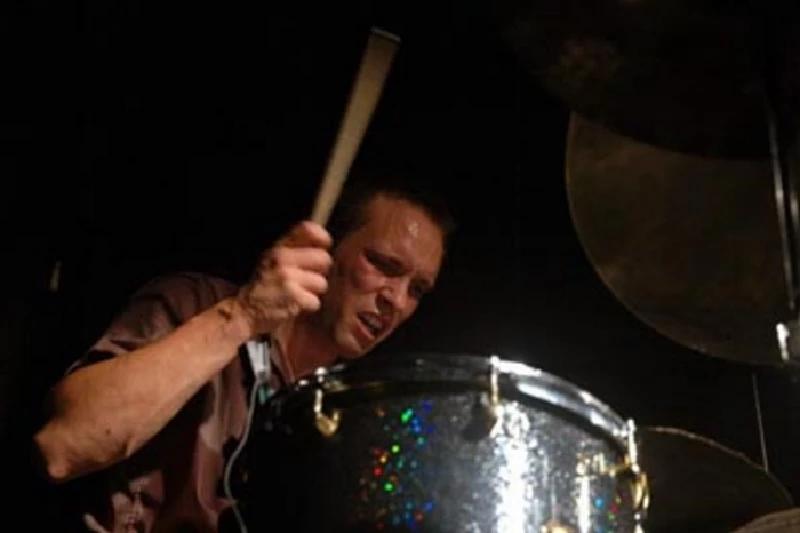
reviews |
|
The Second Original Silence (2009) |
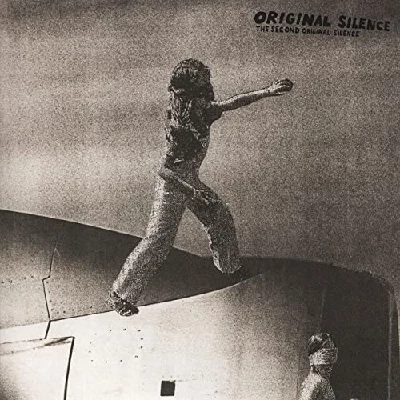
|
| Improvised second album of distorted jazz and noise experimentation from Original Silence, which formed by Swedish saxophonist Mats Gustafson and including Sonic Youth's Thurston Moore, proves a difficult, but with an undercurrent of melody ultimately a highly rewarding experience |
most viewed articles
current edition
Carl Ewens - David Bowie 1964 to 1982 On Track: Every Album, Every SongArmory Show - Interview with Richard Jobson
Colin Blunstone - Thalia Hall, Chicago, 16/7/2025
Bathers - Photoscapes 1
Visor Fest - Valencia, Spain, 26/9/2025...27/9/2025
John McKay - Interview
Editorial - July 2025
Robert Forster - Interview
Billie Eilish - O2 Arena, London, 10/7/2025
Sir Tim Rice - Interview
previous editions
Heavenly - P.U.N.K. Girl EPManic Street Preachers - (Gig of a Lifetime) Millennium Stadium, Cardiff, December 1999
Oasis - Oasis, Earl's Court, London, 1995
Beautiful South - Ten Songs That Made Me Love...
Trudie Myerscough-Harris - Interview
Pixies - Ten Songs That Made Me Love...
Simon Heavisides - Destiny Stopped Screaming: The Life and Times of Adrian Borland
Paul Clerehugh - Interview
Doris Brendel - Interview
Prolapse - Interview
most viewed reviews
current edition
Amy Macdonald - Is This What You've Been Waiting For?Sick Man of Europe - The Sick Man of Europe
Phew, Erika Kobayashi,, Dieter Moebius - Radium Girls
Alice Cooper - The Revenge of Alice Cooper
Davey Woodward - Mumbo in the Jumbo
Lucy Spraggan - Other Sides of the Moon
Blueboy - 2
Cynthia Erivo - I Forgive You
Lapsley - I'm a Hurricane, I'm a Woman In Love
Philip Jeays - Victoria
Pennyblackmusic Regular Contributors
Adrian Janes
Amanda J. Window
Andrew Twambley
Anthony Dhanendran
Benjamin Howarth
Cila Warncke
Daniel Cressey
Darren Aston
Dastardly
Dave Goodwin
Denzil Watson
Dominic B. Simpson
Eoghan Lyng
Fiona Hutchings
Harry Sherriff
Helen Tipping
Jamie Rowland
John Clarkson
Julie Cruickshank
Kimberly Bright
Lisa Torem
Maarten Schiethart